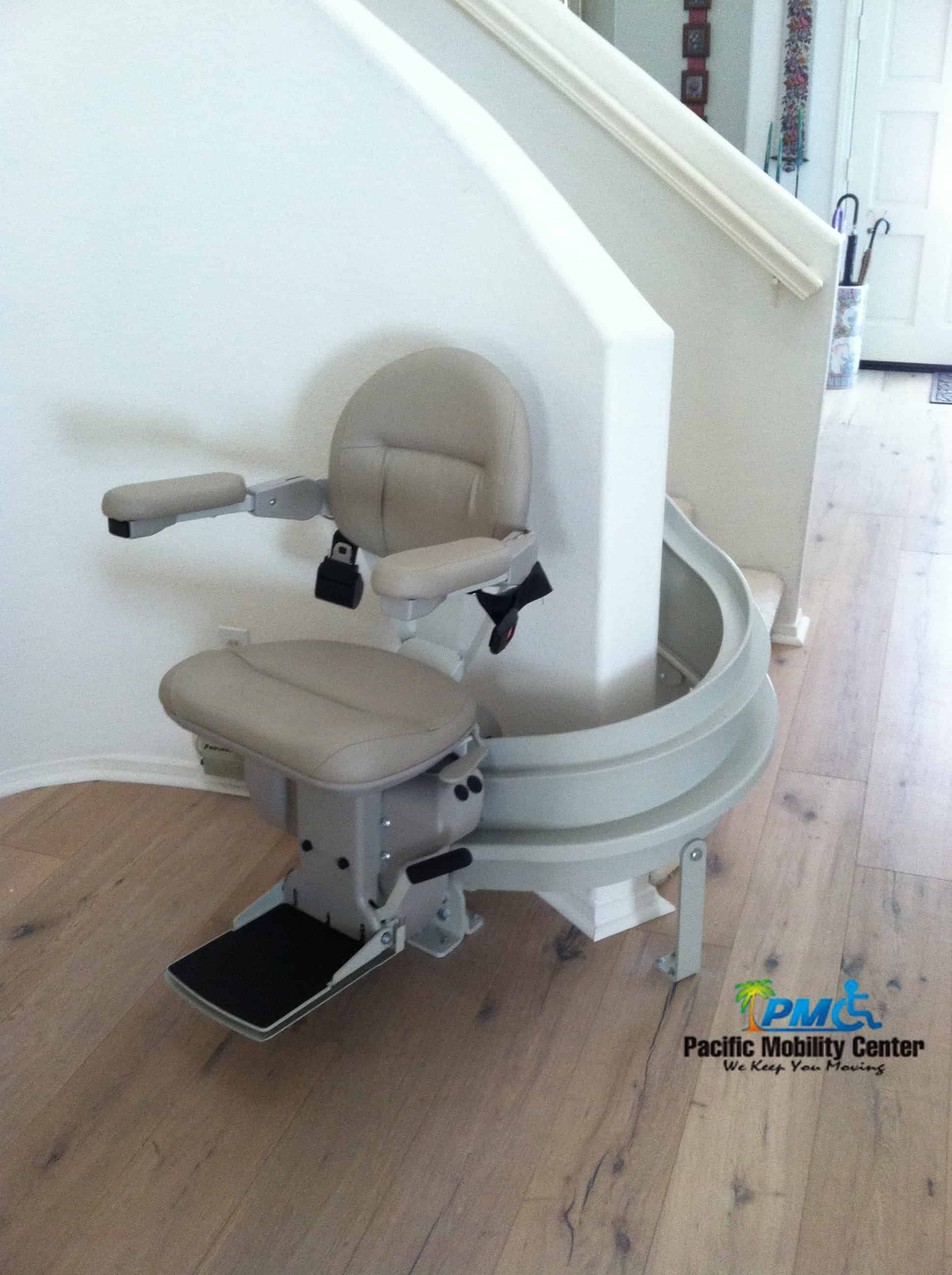Introduction:
World Health Day, observed on April 7th each year, serves as a reminder of the importance of global health and well-being. In recent years, the focus has expanded beyond traditional health initiatives to include issues like accessibility and inclusivity. One such area gaining attention is the accessibility of spaces for seniors, particularly concerning staircases. With aging populations worldwide, ensuring that seniors can navigate their environments safely is crucial for their health and independence. This World Health Day, let’s celebrate the strides made in improving accessibility, particularly through the widespread adoption of stair lift technology.
The Aging Population Challenge:
One of the most significant demographic shifts occurring globally is the aging population. According to the World Health Organization (WHO), the number of people aged 60 years and older is expected to double by 2050, reaching nearly 2.1 billion. With this demographic shift comes unique challenges, including an increased risk of mobility limitations and falls, particularly on staircases.
Stairs present a significant barrier for many seniors, especially those with mobility issues or physical disabilities. Ascending or descending stairs can be daunting tasks, leading to a loss of independence and a higher risk of accidents. Consequently, addressing stair accessibility is paramount to promoting the health and well-being of seniors worldwide.
The Role of Stair Lifts:
Stair lifts, also known as stairlifts or chair lifts, have emerged as a transformative solution to the challenge of stair accessibility for seniors. These motorized devices are installed onto staircases and carry individuals safely up and down the stairs with minimal effort. By providing a secure and convenient means of traversing staircases, stair lifts empower seniors to maintain their independence and quality of life.
The impact of stair lifts extends beyond mere convenience; they play a crucial role in preventing falls and injuries among seniors. Falls are a leading cause of injury-related deaths and hospitalizations among older adults, with stair-related falls posing a significant risk. Stair lifts help mitigate this risk by reducing the need for seniors to navigate stairs manually, thereby preventing potentially life-threatening accidents.
Global Adoption and Accessibility Initiatives:
In recent years, there has been a growing recognition of the importance of stair lift accessibility in promoting the health and well-being of seniors worldwide. Governments, advocacy groups, and healthcare organizations have increasingly prioritized initiatives aimed at improving accessibility in public spaces, residential buildings, and private homes.
Countries like the United States, the United Kingdom, Canada, and Australia have enacted legislation and building codes mandating accessibility features, including provisions for stair lifts in public buildings and housing developments. Additionally, accessibility grants and subsidies are often available to assist seniors in installing stair lifts in their homes, making this life-changing technology more accessible and affordable.
Beyond regulatory measures, awareness campaigns and educational initiatives have played a crucial role in promoting the benefits of stair lifts and other accessibility solutions. World Health Day serves as an opportune moment to raise awareness about the importance of inclusive design and accessible infrastructure in supporting the health and independence of seniors.
Benefits Beyond Seniors:
While stair lifts primarily benefit seniors, their impact extends beyond this demographic. Individuals with disabilities, temporary injuries, or chronic health conditions that affect mobility also benefit from the installation of stair lifts. By creating more inclusive environments, stair lifts contribute to fostering a society that values diversity and prioritizes the well-being of all its members.
Moreover, the widespread adoption of stair lifts can alleviate the burden on healthcare systems by reducing the number of fall-related injuries among seniors. By preventing falls and their associated healthcare costs, stair lifts offer a cost-effective solution that promotes both individual and societal health.
Looking Ahead:
As we commemorate World Health Day and reflect on the global health challenges we face, it’s essential to recognize the progress made in enhancing accessibility for seniors. Stair lifts represent a tangible and effective solution to the issue of stair accessibility, enabling seniors to age in place safely and independently.
Moving forward, continued efforts are needed to promote the widespread adoption of stair lifts and other accessibility solutions. This includes advocating for policy changes, expanding funding opportunities, and fostering a culture of inclusivity and accessibility in our communities.
Conclusion:
On this World Health Day, let us celebrate the transformative impact of stair lift accessibility for seniors and individuals with mobility challenges. By embracing inclusive design principles and prioritizing accessibility, we can create environments that support the health, independence, and dignity of all members of society. As we strive towards a healthier and more inclusive future, let us ensure that no one is left behind on the journey to well-being.




